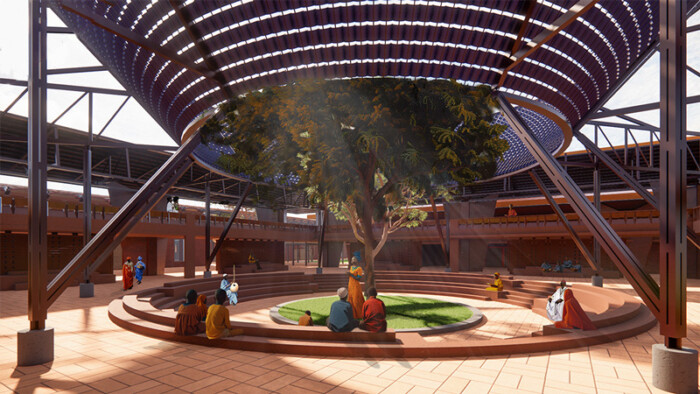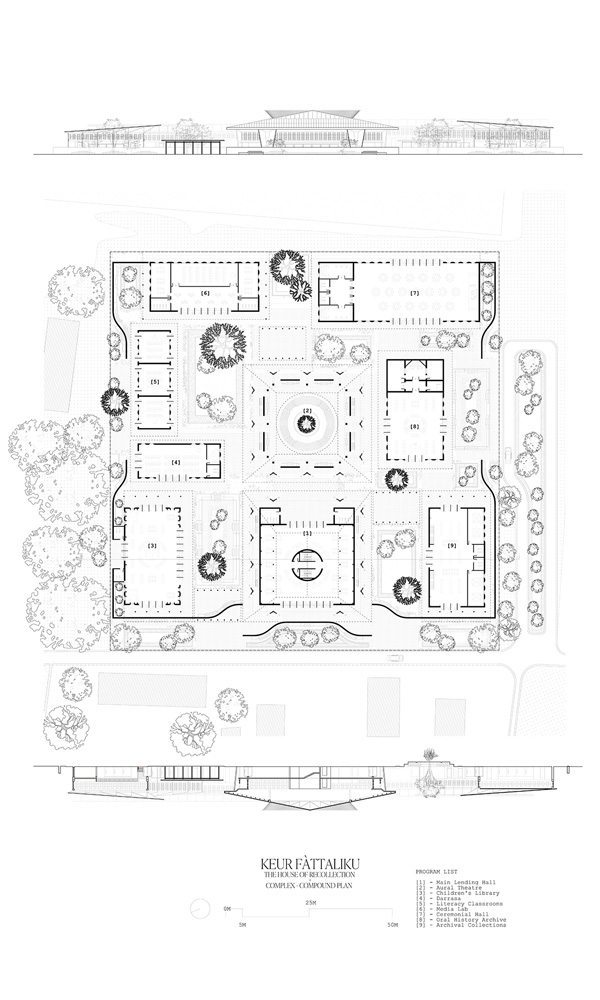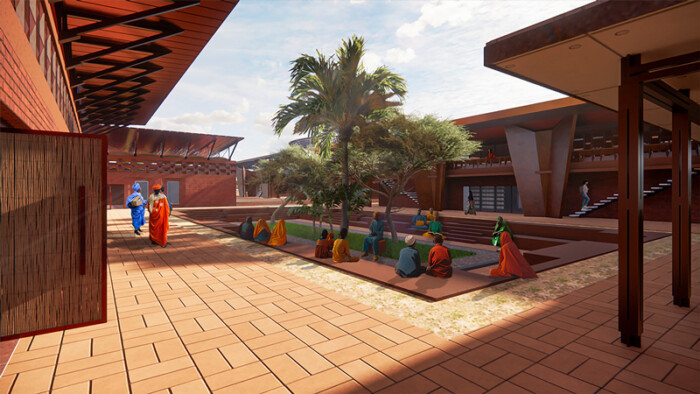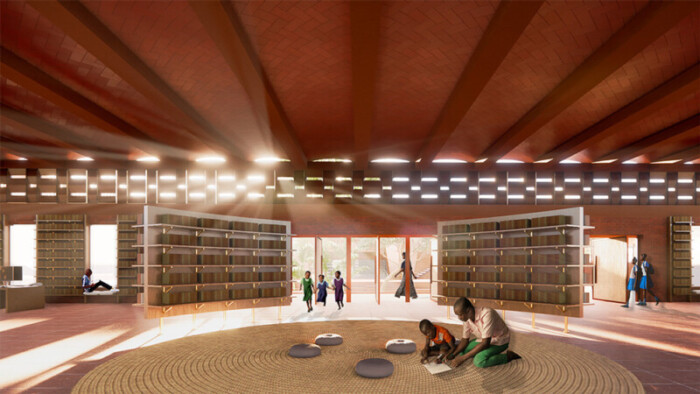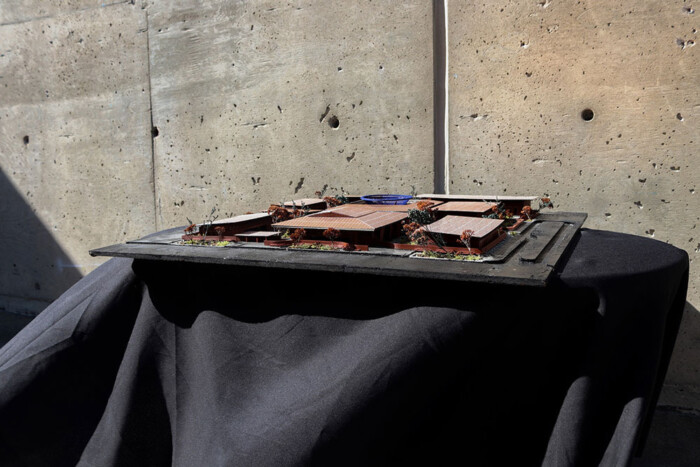KEUR FÀTTALIKU — The House of Recollection
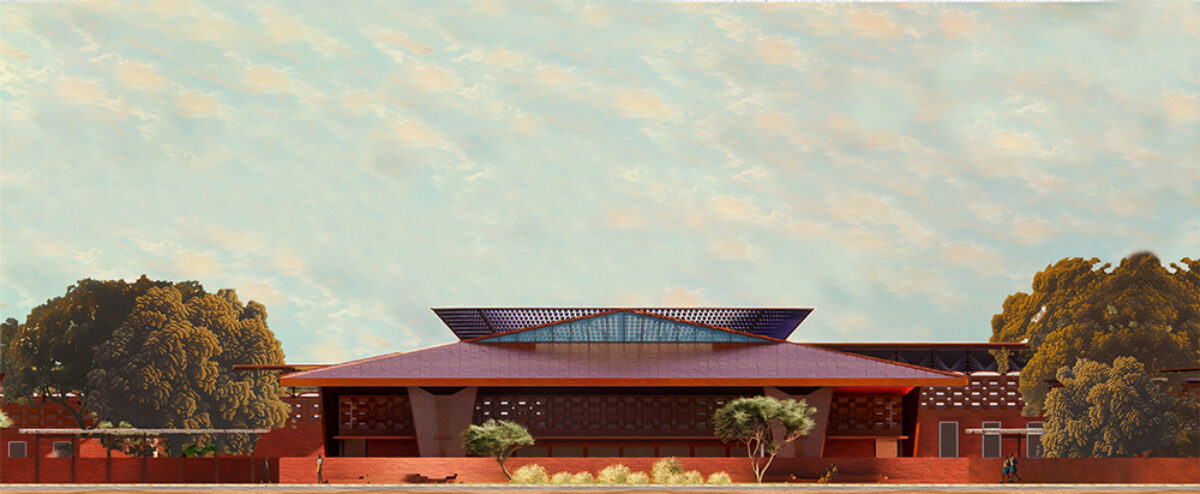
by Mariama Muhammadou Modou Kah (MArch II ’24)
The Western canon valorizes its ability to define, critique, and comprehend itself through the lens of its recorded histories. Credence and legitimacy are assigned to the documents produced, with alters constructed to their study and exploration. For societies whose histories are retained in orality, a dynamic methodology of social memory transmittance and cultural production, such paradigms are limited and reductive.
Orality calls out to the architect for a space to be housed and edified. But how must this amorphous memory-keeping practice and the act of its recollection dwell?
Taking on the themes of memory and repair to envision the architecture of oral history, this thesis aims to challenge the notions around memory institutions, shed their status as static repositories, and conceive an architecture that establishes the intimacy of understanding the past and is the site for conceiving the why of the future, in the capital city of Banjul, The Gambia.

